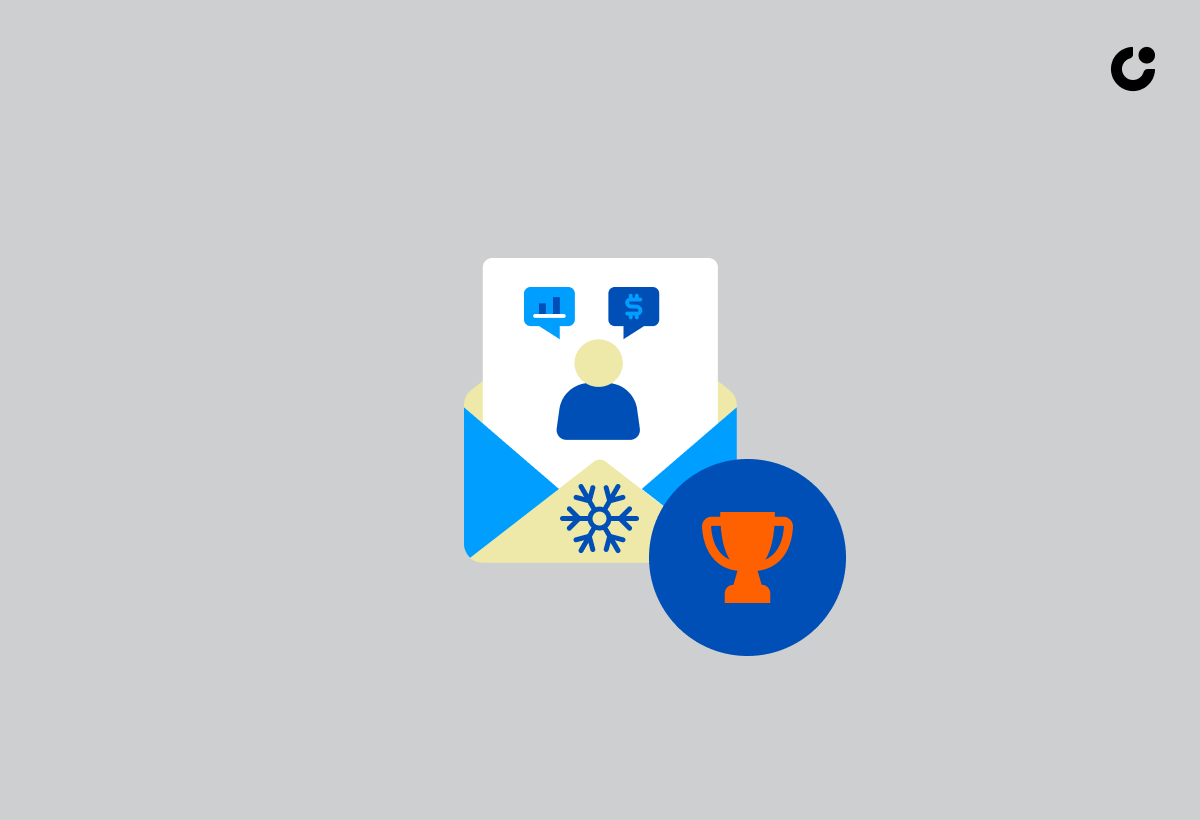In the competitive world of financial advising, standing out from the crowd can be challenging. One effective way to differentiate yourself and attract new clients is through cold email outreach. By utilizing a well-crafted financial advisor cold email template, personalization techniques, and avoiding common pitfalls, you can successfully engage prospects and grow your business. In this blog post, you’ll learn about the essentials of cold emailing for financial advisors and discover valuable tools and resources to streamline your campaigns.
Key Takeaways
- Craft the perfect cold email template for financial advisors by finding an appropriate tone, addressing prospects’ pain points and strategically positioning a call-to-action.
- Personalize emails with prospect names, shared connections or interests to create a targeted message that resonates.
- Streamline campaigns with CRM systems, analytics tools and A/B testing to increase engagement rates and optimize performance.
Crafting the Perfect Cold Email Template for Financial Advisors
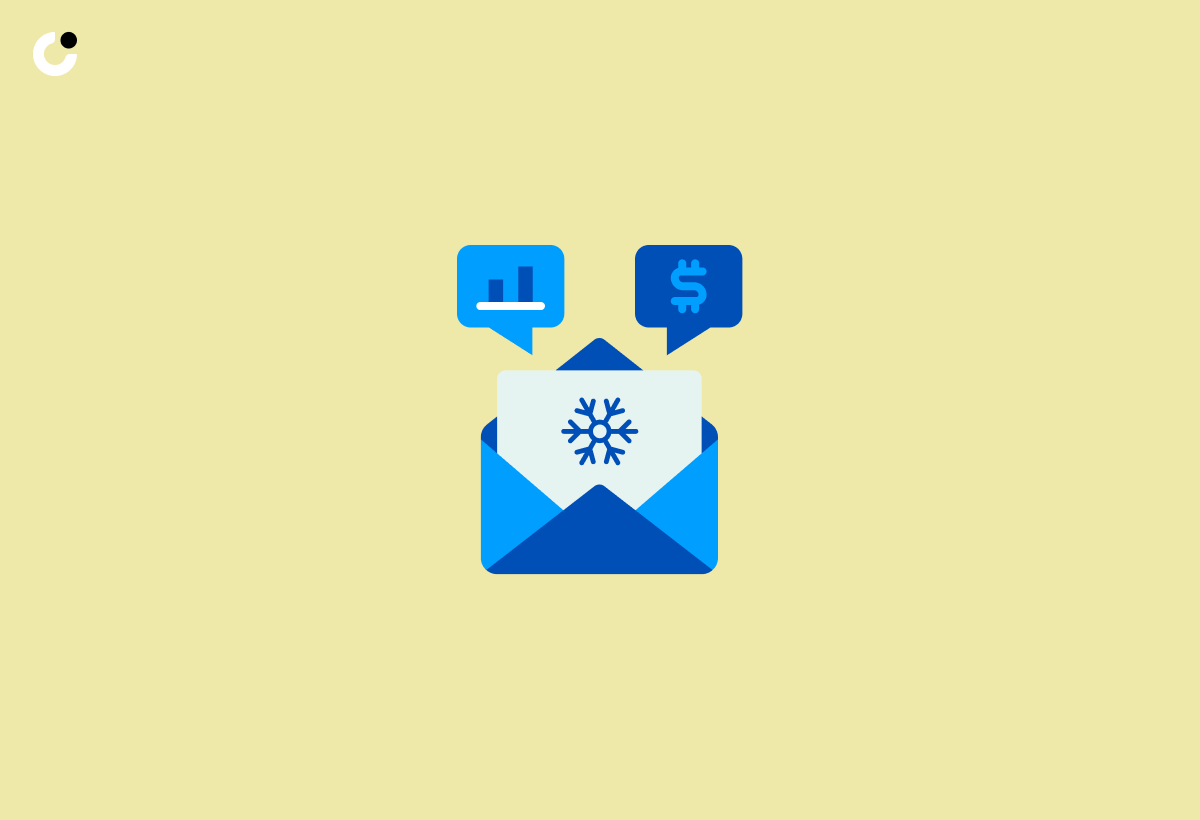
Creating an optimal cold email template is key to engaging with prospects and standing out in a competitive email environment. By avoiding persuasion and unsolicited help, expressing yourself clearly, and attracting prospects with brevity, you can create captivating financial advisor prospecting emails. Utilizing tools and resources like CRM systems, email analytics, and A/B testing can further enhance your cold email outreach efforts.
For a more effective cold email template, concentrate on three main aspects: finding an appropriate tone, solving pain points, and positioning a strategic call-to-action. Each of these elements contributes significantly to the effectiveness of your financial advisor prospecting emails.
Choosing the Right Tone
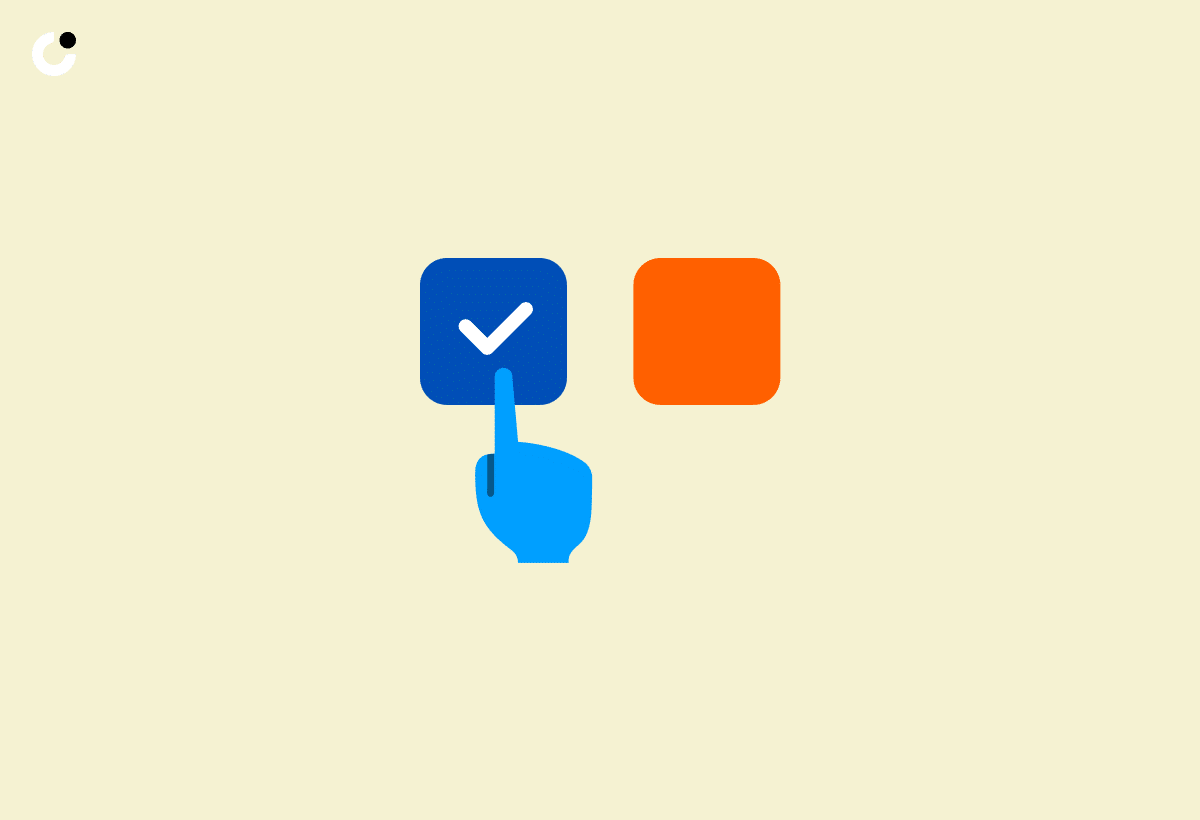
Adopting a professional, respectful, and empathetic tone is necessary to build trust and credibility with prospects. Your professional email address should be something like [email protected], and your subject line should be personalized and engaging to encourage recipients to open the email. Additionally, providing a business address in your email signature can further enhance your credibility.
Avoid generic subject lines that fail to attract attention, and instead strive for personalized ones that create an engaging experience for the reader. Remember, the objective of the initial sentence in a cold email is to encourage the reader to continue to the subsequent sentence, so an engaging subject line can contribute significantly to the likelihood of your email being opened and read.
Addressing Pain Points

Showing how your services can help prospects tackle their problems or challenges is key in a cold email. Sharing a relevant blog post or providing examples of how you’ve assisted others in similar circumstances can effectively illustrate how your services address specific issues encountered by the prospect.
Incorporate clear calls to action that guide the prospect towards the desired outcome, such as scheduling a consultation or subscribing to your newsletter. By addressing pain points and offering solutions, you’re more likely to engage prospects and garner positive responses.
Call-to-Action Placement
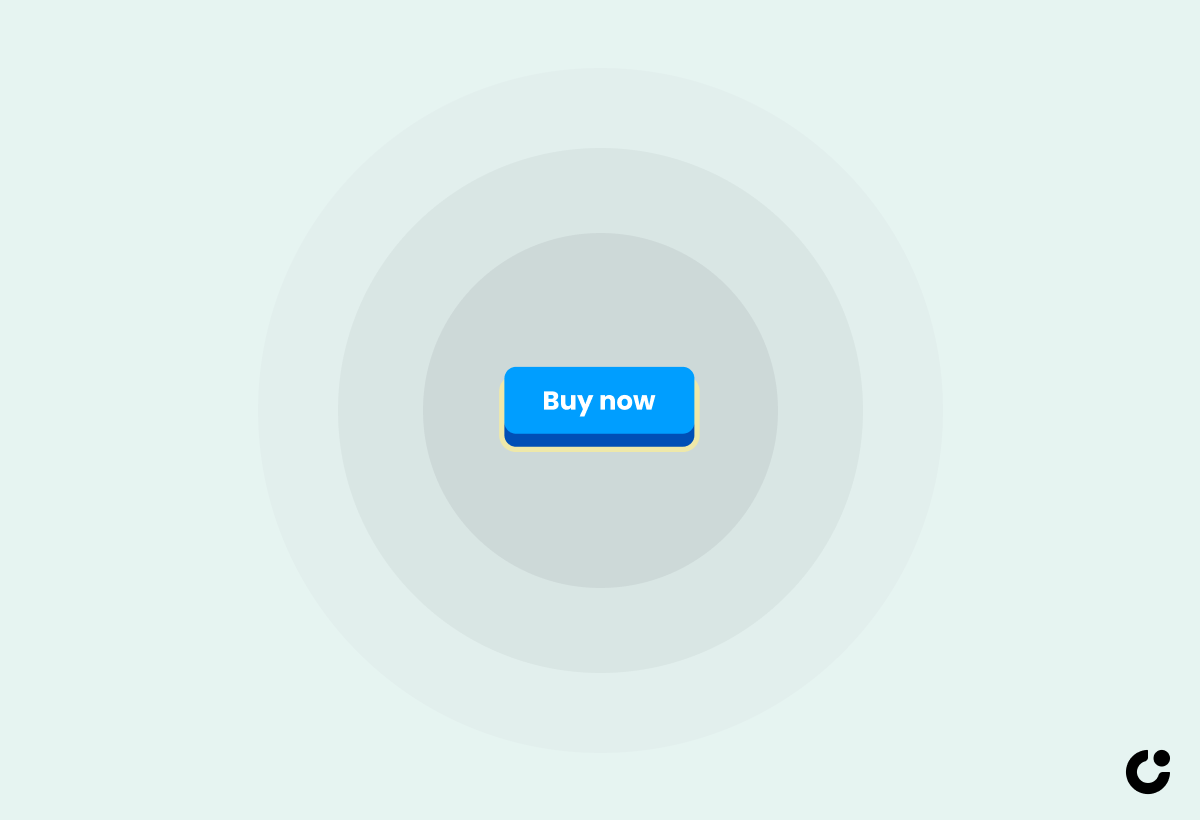
A strategically positioned call-to-action is crucial in your cold email sequence. It should be straightforward, require minimal effort, and provide an opportunity for further dialogue, as opposed to a direct sales pitch. A well-crafted email subject line can also increase the chances of the email being opened during your cold email outreach.
Ensure your call-to-action is low-commitment and encourages conversation rather than pushing for a sale. For example, propose a quick 15-minute chat or ask a thought-provoking question that invites the prospect to respond. This approach can significantly improve engagement and the likelihood of a positive response.
Personalization Techniques for Engaging Prospects
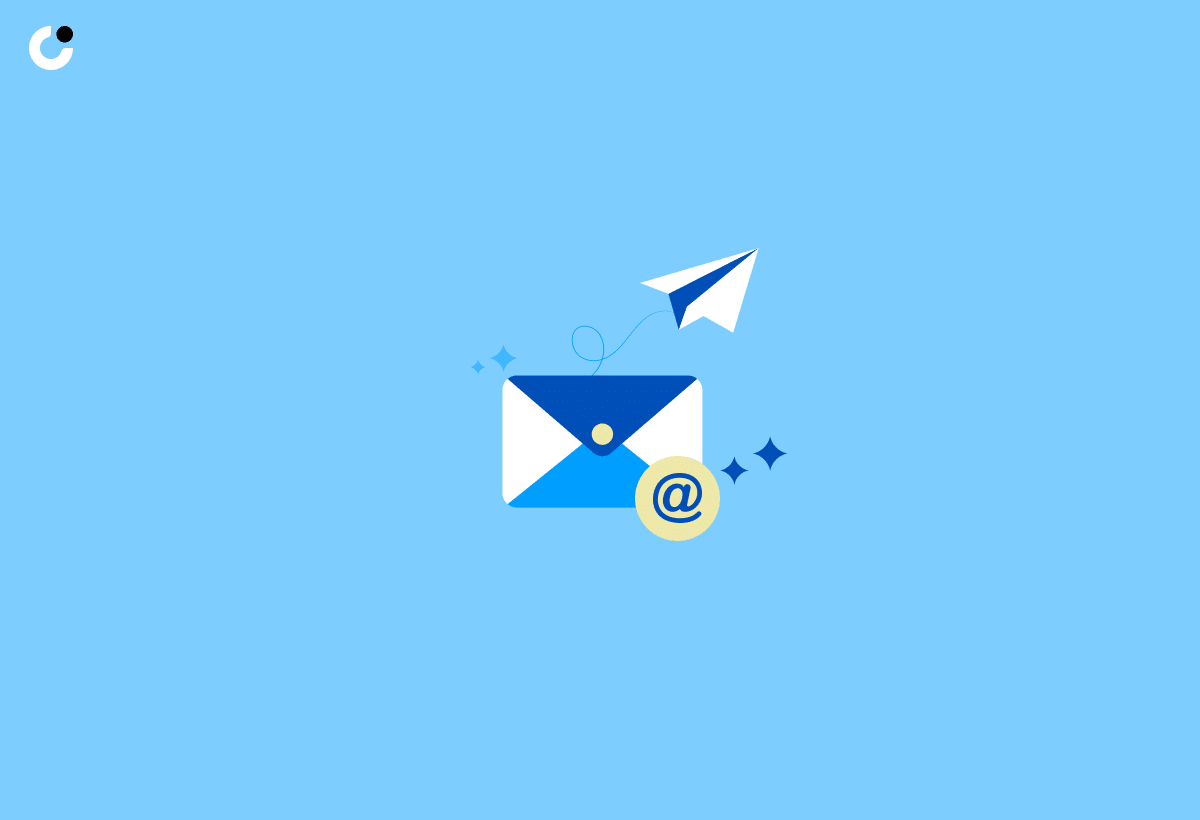
Personalization is a potent strategy in cold email outreach, having proven to drive the most sales. By using prospect names and relevant details, referencing shared connections or interests, and customizing content based on prospect segmentation, you can create a personalized and targeted message that resonates with your audience.
Incorporating personalization in your cold emails not only makes prospects feel valued and understood but also significantly improves engagement rates. We will look at some specific methods that can assist you in crafting a deeply personalized message.
Using Prospect Names and Details

Incorporating prospects’ names in your cold emails demonstrates that you’ve taken the time to personalize the message, which can raise the odds of the email being opened and read. Addressing the prospect by their name produces a more personalized and engaging experience, making them more likely to respond favorably to the email.
In addition to using prospect names, include relevant information that demonstrates an understanding of their business and the issues it faces. This approach can help establish trust and credibility while providing a compelling reason for the prospect to engage with your message.
Referencing Shared Connections or Interests
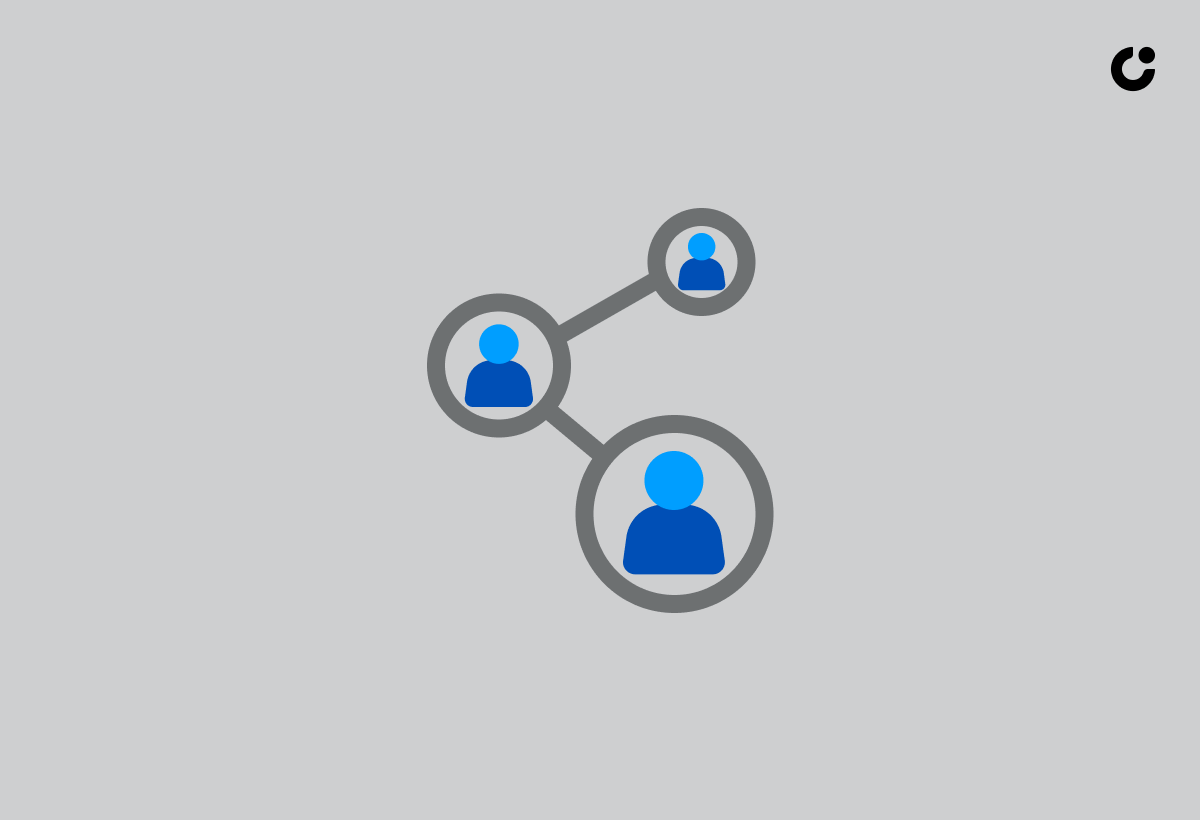
Mentioning shared connections or interests in your cold emails can be advantageous in terms of establishing rapport and creating a relationship with the recipients. It conveys that you have taken the time to research and personalize the email, which can boost the likelihood of the recipients engaging and responding.
By referencing shared connections or interests, such as hometowns, uncommon hobbies, or mutual acquaintances, you can create a personal connection with the recipient. This approach makes your email stand out and improves the odds of a favorable response.
Customizing Content Based on Prospect Segmentation

Segmenting prospects based on criteria such as:
- job title
- industry
- location
- customer lifecycle stage
Allows for the creation of personalized and targeted email content tailored to the exact needs and interests of the recipients. Customizing content in this manner ensures relevance and appeal to different audience groups, increasing the likelihood of engagement and conversion.
To effectively customize content, consider factors like the prospect’s stage in the sales funnel, their unique needs, and preferences. By tailoring your content to specific segments, you can deliver more meaningful and personalized messages that resonate with your audience, ultimately leading to better results.
Avoiding Common Cold Email Pitfalls
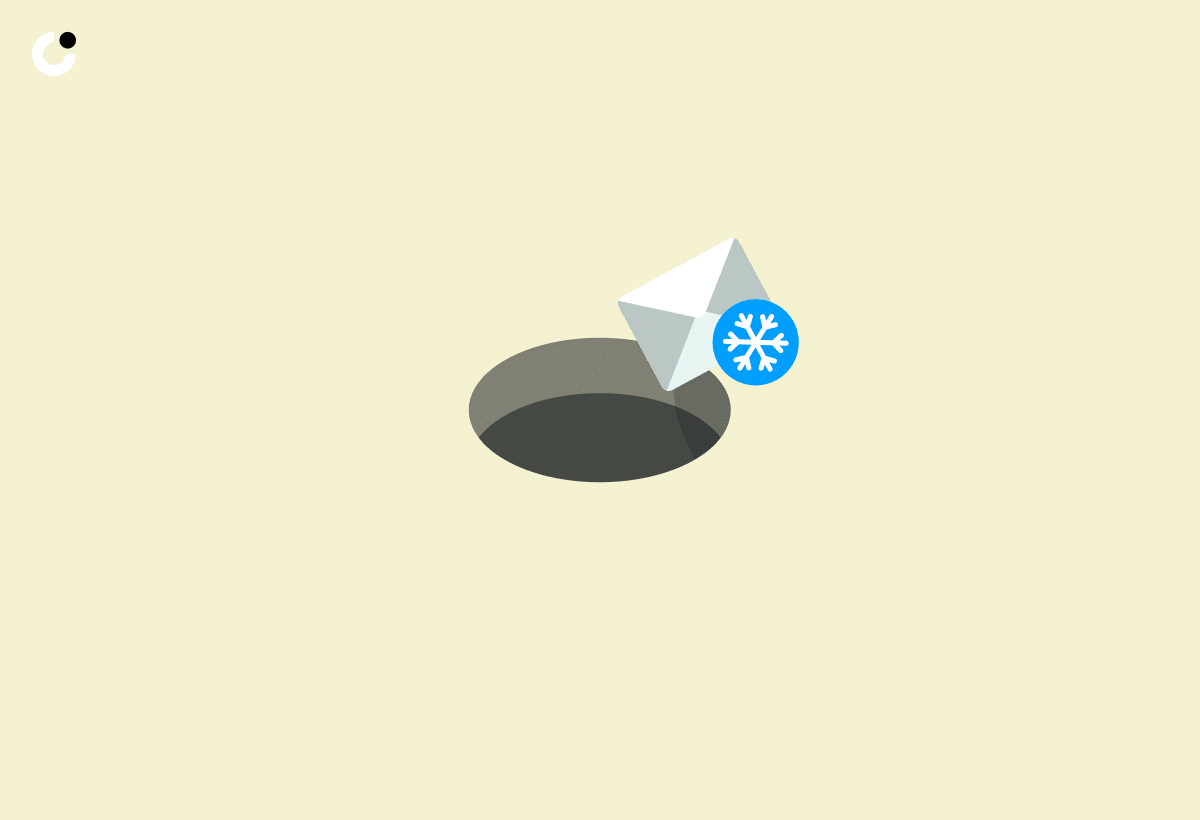
Aside from creating an effective cold email template and personalizing your message, it’s vital to sidestep common cold email mistakes that could impede your success. Overwhelming prospects with information, ignoring compliance guidelines, and neglecting follow-up efforts can all negatively impact your cold email campaigns.
By tackling these potential missteps, you can enhance your probability of success and uphold a positive reputation among your prospects.
Overwhelming Prospects with Information
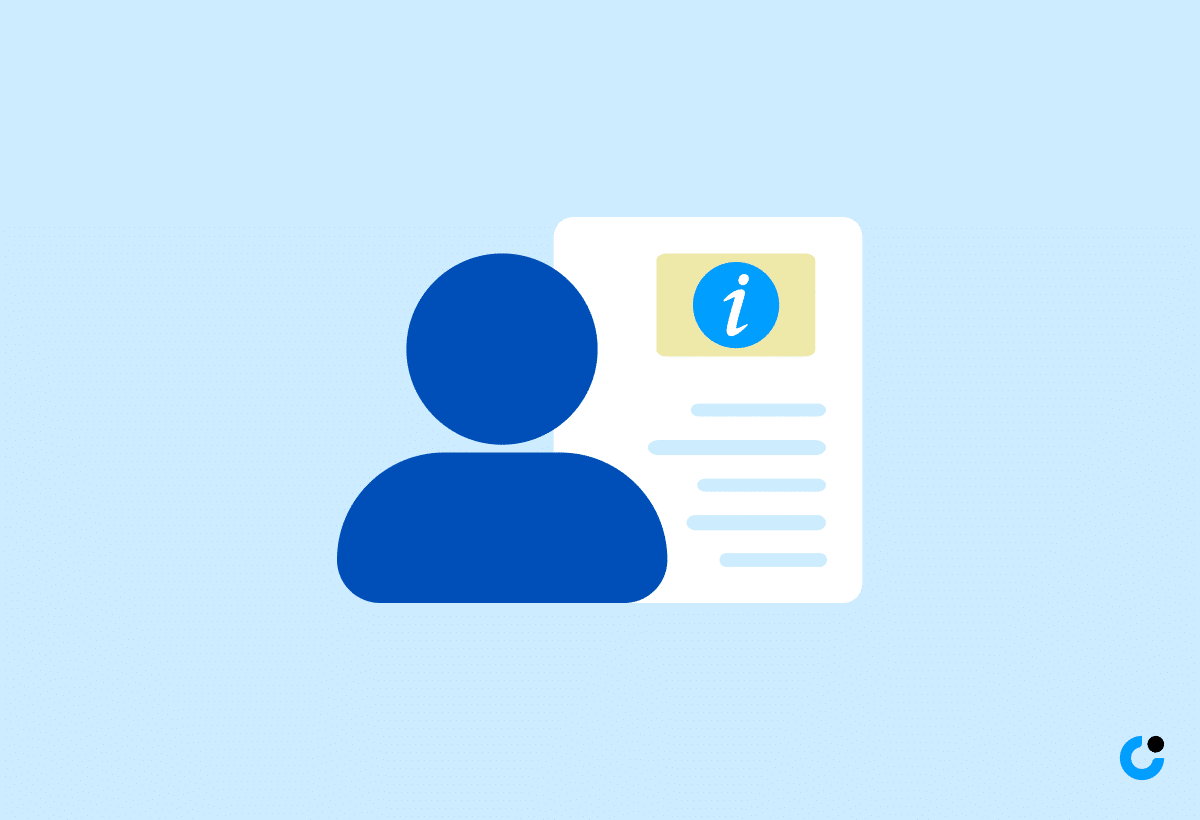
Avoid overwhelming prospects with too much information in your cold emails. Instead, keep them concise and focused on the most compelling points. For financial advisors, the ideal length of a cold email should be between 50-125 words, approximately 5-15 lines of text.
To ensure your emails are concise and effective, follow these tips:
- Start with the most important information.
- Be direct and to the point.
- Avoid overloading the recipient with unnecessary details.
- Structure your email in a clear and focused manner.
By following these guidelines, your emails are more likely to engage the reader and elicit a positive response.
Ignoring Compliance Guidelines
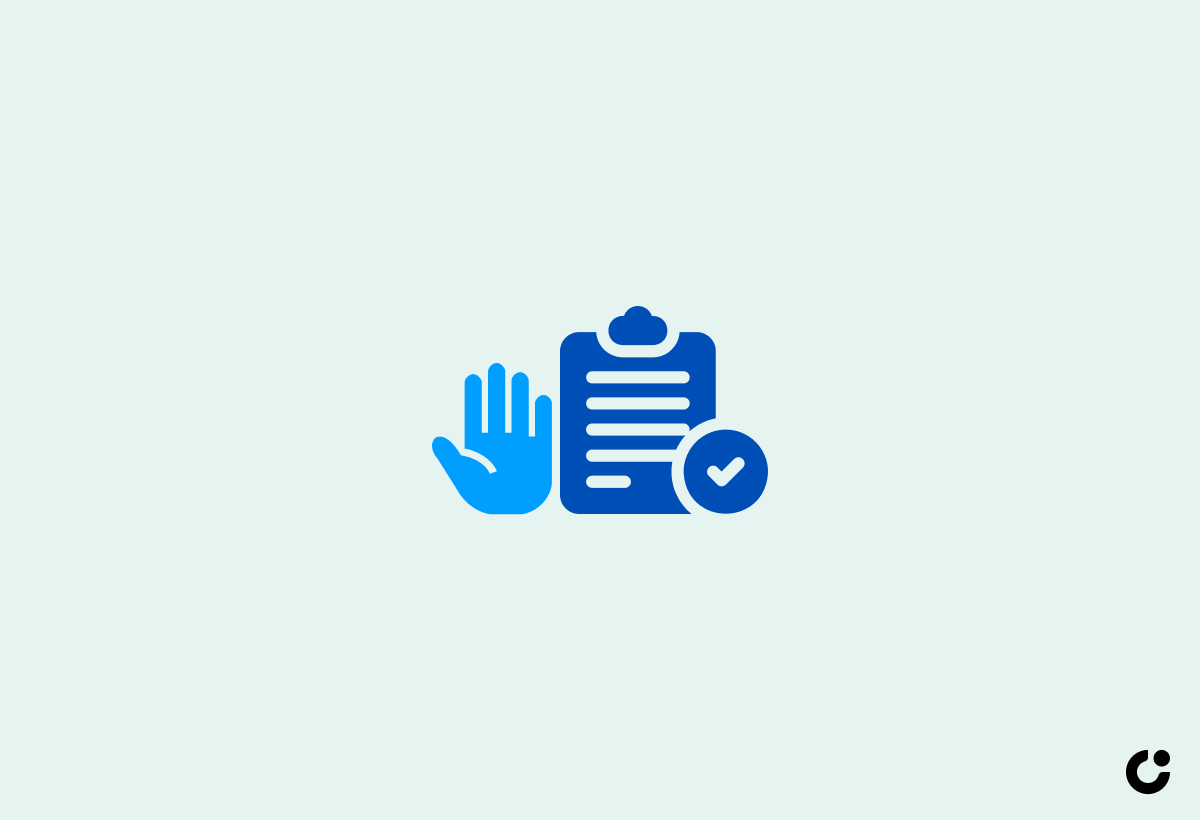
Adhering to compliance guidelines, such as the CAN-SPAM Act, is crucial to avoid penalties and maintain a good sender reputation. Non-compliance can result in hefty fines and legal consequences. Moreover, maintaining a valid set of email addresses is critical for preserving your email sender reputation and preventing emails from bouncing.
Ensure your cold email campaigns comply with regulations by including accurate header information, providing a visible opt-out mechanism, and promptly honoring opt-out requests. By adhering to compliance guidelines, you can protect your reputation and maintain positive relationships with your prospects.
Neglecting Follow-Up Efforts

Following up with prospects demonstrates interest and dedication, while tracking engagement enables you to refine your approach. It’s recommended to follow up on a cold email to a financial advisor once a month up to once a week, maintaining contact without overburdening them.
Monitoring and evaluating engagement can help to optimize the effectiveness and appeal of your cold emails, allowing you to make informed decisions to enhance your email marketing strategies and bolster your chances of success.
Tools and Resources for Streamlining Cold Email Campaigns
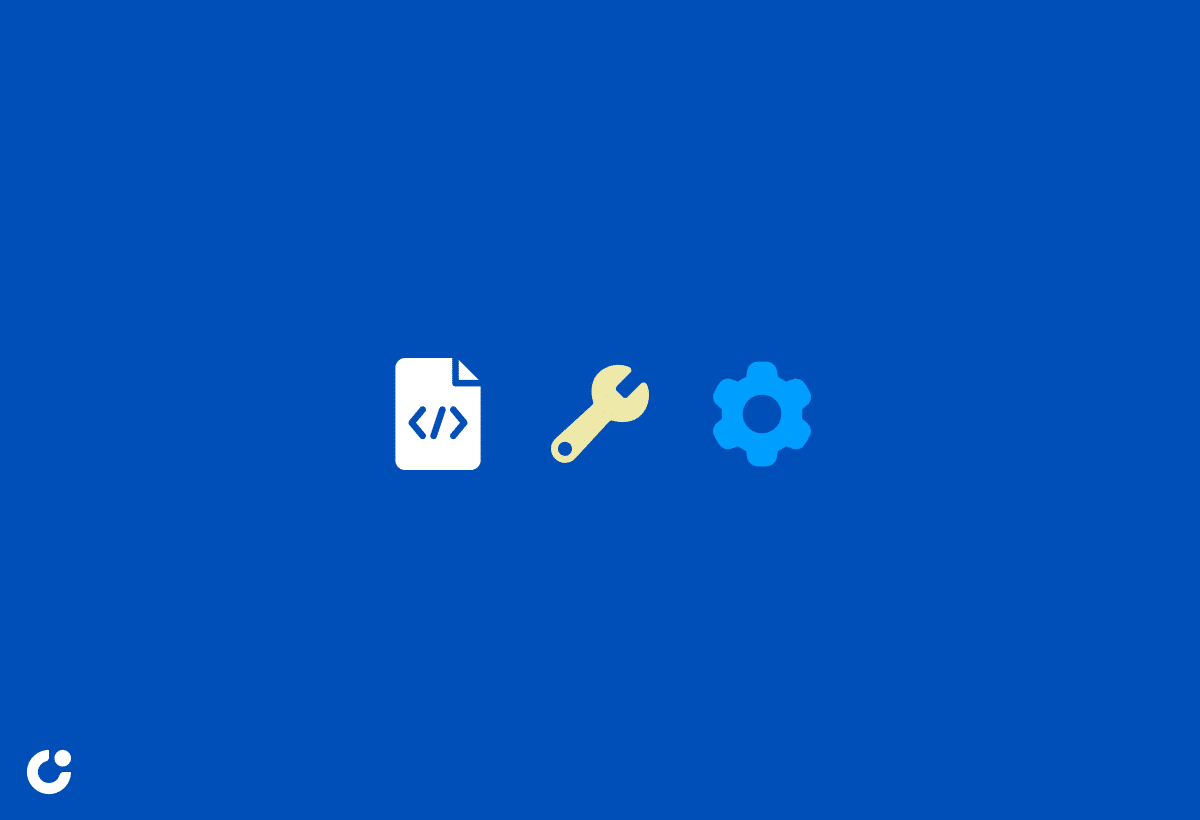
Using tools and resources can assist in simplifying and improving the effectiveness of cold email campaigns. CRM systems like Salesforce or HubSpot can track communication with prospects and automate outreach, while email analytics tools can measure email performance and optimize future campaigns.
By employing these tools and resources, you can:
- Make decisions based on data that enhance your cold email outreach efforts
- Increase engagement rates
- Ultimately lead to more clients and improved results.
CRM Systems for Tracking Communication
Salesforce and HubSpot are examples of CRM systems that can help financial advisors:
- Monitor communication with prospects
- Facilitate automated outreach
- Offer comprehensive tracking and reporting capabilities
- Track email opens, clicks, and other engagement metrics
Incorporating a CRM system into your cold email campaigns offers several benefits:
- Easily manage interactions with prospects
- Segment prospects based on various criteria
- Automate outreach efforts
- Streamline the process and ensure consistent engagement with prospects in a timely and organized manner.
Email Analytics for Performance Improvement
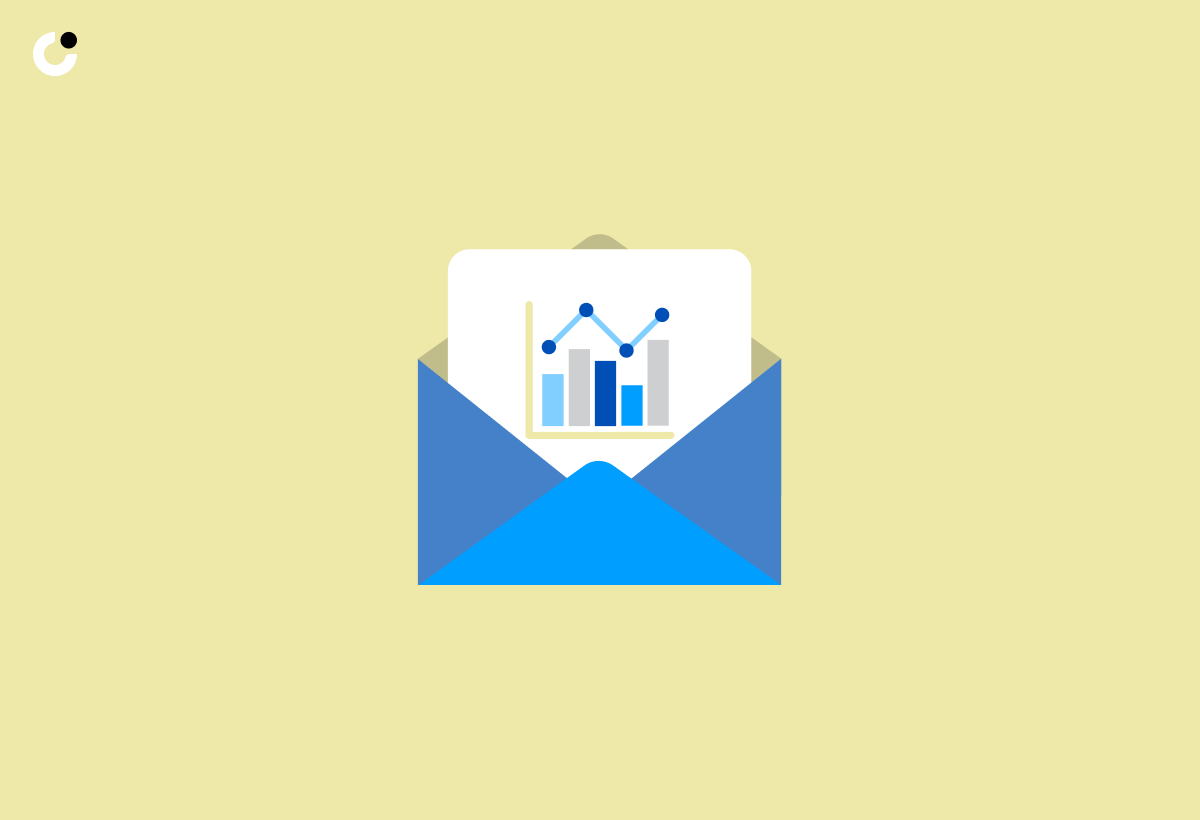
Email analytics tools, such as:
can help you assess the performance of your cold email campaigns. These tools enable you to track key metrics, such as open rates, click-through rates, and conversions, providing valuable insights into the effectiveness of your email strategies.
By analyzing email performance, you can identify areas for improvement, optimize your email content, and customize your outreach to better resonate with your audience. This data-driven approach can greatly enhance the success of your cold email campaigns.
A/B Testing for Optimizing Email Elements

A/B testing is an effective method for optimizing email elements such as subject lines, calls to action, and content variations. By comparing two slightly different versions of an email and sending them to randomly segmented portions of your email list, you can determine which version resonates better with your audience.
Conducting A/B tests allows you to:
- Refine your messaging
- Tailor your emails to your audience’s preferences
- Improve engagement rates
- Increase chances of conversion
By consistently testing and optimizing your cold email strategies, you can ensure ongoing success in your outreach efforts.
Summary
In conclusion, crafting an effective cold email template, personalizing your message, avoiding common pitfalls, and utilizing tools and resources can significantly improve the success of your financial advisor cold email outreach. By applying these strategies and continually refining your approach based on data-driven insights, you can effectively engage prospects, build lasting relationships, and grow your business.
Frequently Asked Questions
What are the key elements of an effective financial advisor cold email template?
Choose a professional tone, address the reader's pain points, and finish with a clear call-to-action for maximum effectiveness.
How can I personalize my cold emails to better engage prospects?
Personalize your cold emails by using prospect names, referencing shared connections or interests, and tailoring content based on segmentation to better engage prospects.
What are some common cold email pitfalls to avoid?
It is important to avoid overwhelming prospects with too much information, ignoring compliance guidelines, and not following up, in order to ensure effective cold emailing.
How can CRM systems and email analytics tools help streamline my cold email campaigns?
CRM systems and email analytics tools can automate outreach, track communication with prospects and measure email performance to optimize future campaigns.
What is A/B testing, and how can it improve my cold email strategies?
A/B testing enables you to compare two versions of an email and identify which one has a better reception from your audience, enabling you to perfect your cold email strategies.

